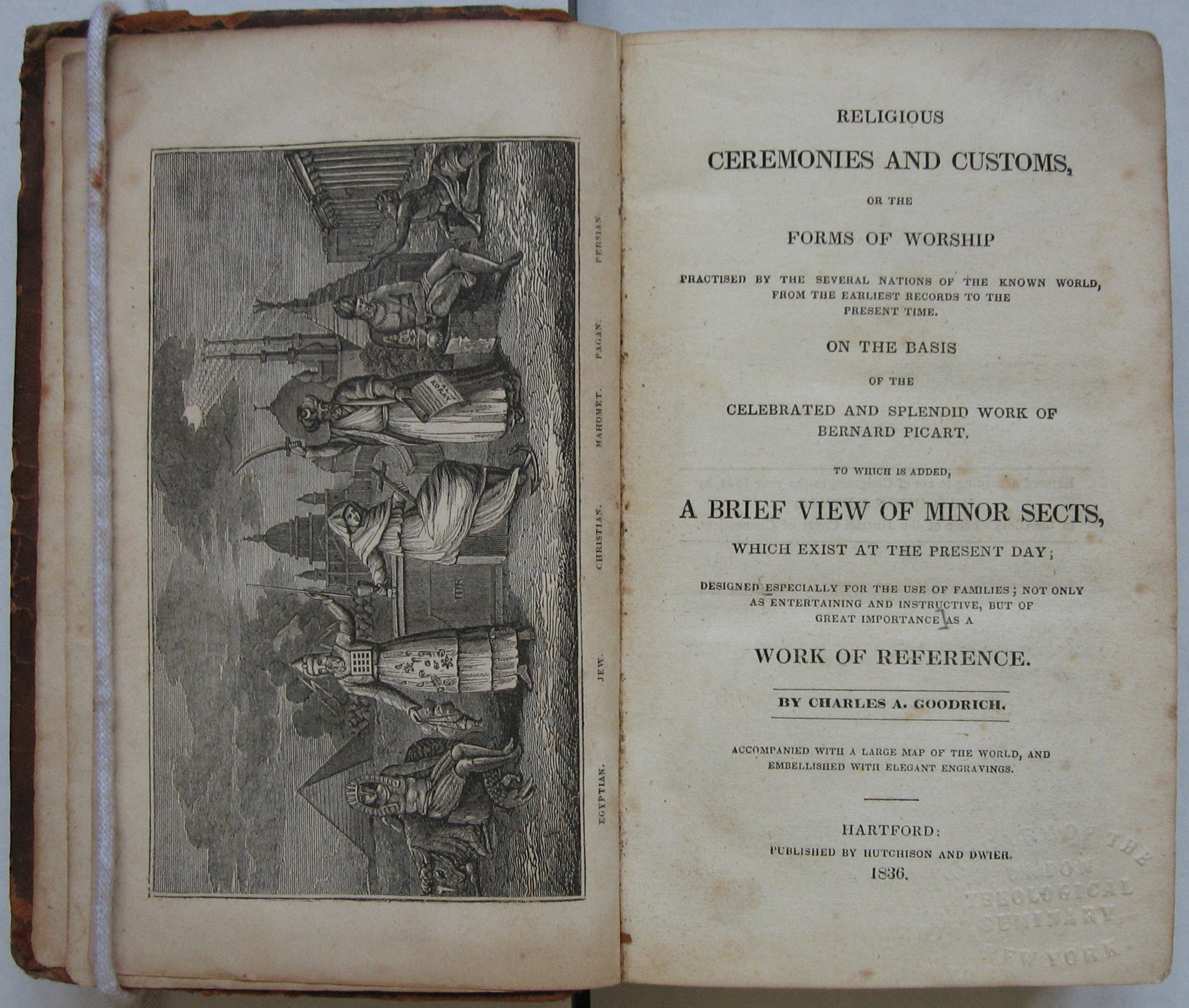The Masthead
The detail belongs to a small single-leaf drawing (paper, 10.3 x 9.5 cm, Tabriz, c.1550), attributed to Shaykh Muḥammad (d. c.1588) and called “A Lame Man of Arts and Letters” (Harvard University Art Museum 270.1983). For more information, see the exhibition catalog by Stuart Cary Welch, Jr. and Kimberly Masteller, From Mind, Heart, and Hand: Persian, Turkish, and Indian Drawings from the Stuart Cary Welch Collection (New Haven and Cambridge: Yale University Press and Harvard University Art Museum, 2004), pp. 46-47.

The Administrative Pages
The detail is part of the back doublure of a Safavid Quran in the Morgan Library (M. 532) was used for the endpapers in Barbara Schmitz’s catalog of the Islamic and Indian Manuscripts and Paintings in The Pierpont Morgan Library (New York: Morgan Library, 1997). The Quran’s textblock and binding were created in Shiraz about 1580. The Ottoman sultan Ahmet III (r. 1703-1736) gave the manuscript to a mosque in Istanbul in 1132 (began 13 Nov. 1719), and it is assumed that J. P. Morgan (1837-1913) bought the manuscript from Dikran Kelekian, Cairo, before 1913.
Middle Eastern and Islamic Studies at Columbia University, 1886-1959

The detail is taken from the frontispiece of Religious Ceremonies and Customs or the Forms of Worship Practised by the Several Nations of the Known World: From the Earliest Record to the Present Times, ed. Charles A. Goodrich, Hartford, Conn.: Hutchinson and Dwier, 1836 (Columbia University, Burke Library, Union Rare OD30 G65; h = 20 cm). This is an American abridgement of the Cérémonies et coutumes religieuses de tous les peuples du monde (illustrations by Bernard Picart, 8 vols. in 9, Amsterdam: J. F. Bernard, 1723-1743), which, according to its preface, draws on the British abridgement The Religious Rites and Ceremonies of Every Nation of the World (eds. Robert Huish and Colin MacKenzie, London: John Williams, 1828 [1829?] – nondum vide).
Charles A. Goodrich (1790-1862) was born into a New England family of Congregational ministers. After a tumultuous stint as clergyman in Worcester, Mass., Goodrich changed careers in 1820 and took to the writing of popular books on religion and travel (for more information on Goodrich and his family, see their respective entries in the American National Biography).
The people in the frontispiece are identified by captions outside the frame, from left to right, as Egyptian, Jew, Christian, Mahomet, Pagan, and Persian. In this line-up of believers, the Muslim is the only one shown with a weapon and a book; his book bears the legible title Alkoran, a loan word documented in English since the late fourteenth century (Oxford English Dictionary, s.v. “Alcoran”). The source of the frontispiece is not yet known, but it is salient that in the 1930s Adolph Weinman (1870-1952) portrayed the prophet Muḥammad in the same manner in the North Wall frieze in the courtroom of the U.S. Supreme Court in Washington, D.C.

Of Prophets and Saints: Literary Traditions and “convivencia” in Medieval and Early Modern Iberia The detail is from an early modern plate in the collection of The Hispanic Society of America that shows how the Prophet Jonah sits in a boat, ruddering towards the whale.
The detail is from an early modern plate in the collection of The Hispanic Society of America that shows how the Prophet Jonah sits in a boat, ruddering towards the whale.
Tin-glazed earthenware, diameter 41 cm
Talavera de la Reina, Toledo, c.1600
USA, New York City, The Hispanic Society of America, LE2407
Acquired in 2015 from the L. Codosero Galería de Arte Antiguo, Madrid, Spain
Published in: Mitchell A. Codding (ed.), Tesoros de la Hispanic Society of America: Visiones del mundo hispánico, Madrid: Prado, 2017, pp. 214-215 s.v. no. 95
Courtesy of the Hispanic Society of America, New York
Resources for the History of Islamic Books The detail belongs to a graffiti on a building of the Università degli Studi di Napoli Federico II, at the intersection of the Via Benedetto Croce and the Via Mezzacanone, in Naples, Italy. Digital photograph by D. A. Riedel, 9 December 2012.
The detail belongs to a graffiti on a building of the Università degli Studi di Napoli Federico II, at the intersection of the Via Benedetto Croce and the Via Mezzacanone, in Naples, Italy. Digital photograph by D. A. Riedel, 9 December 2012.
The Columbia University Seminar on Religion and Writing The detail was found in a Yasna manuscript (Columbia University, Rare Book and Manuscript Library, X892.5Av3 N2, undated (19th cent.?), 2 vols., paper, h = 31 cm) that was donated by Jivanji Jamshedji Modi in December 1911 to Columbia University. In this copy of the Yasna, the Avestan text is accompanied by Middle Persian and Persian translations. The seal impression on the left shows a Zoroastrian priest in front of a fire altar.
The detail was found in a Yasna manuscript (Columbia University, Rare Book and Manuscript Library, X892.5Av3 N2, undated (19th cent.?), 2 vols., paper, h = 31 cm) that was donated by Jivanji Jamshedji Modi in December 1911 to Columbia University. In this copy of the Yasna, the Avestan text is accompanied by Middle Persian and Persian translations. The seal impression on the left shows a Zoroastrian priest in front of a fire altar.
Gravatar The glazed ceramic tile (9.6 x 9.6 cm) was purchased by Seth Eugene Kasten (1945-2017) in Istanbul, Fall 2006.
The glazed ceramic tile (9.6 x 9.6 cm) was purchased by Seth Eugene Kasten (1945-2017) in Istanbul, Fall 2006.
First published, 4 February 2012
Last updated, 13 January 2022
Dagmar A. Riedel

